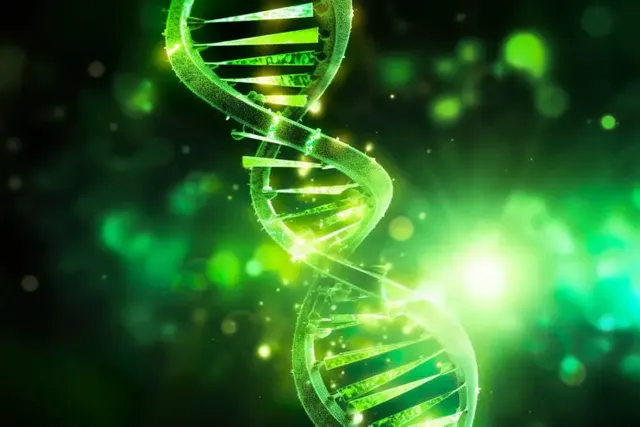
The successful transfer of a gene that produces HMW-HA paves the way for improving the health and lifespan of humans, too.
In a groundbreaking endeavor, scientists at the University of Rochester have successfully transferred a longevity gene from naked mole rats to mice, leading to enhanced health and a longer lifespan for the mice.
Naked mole rats, known for their long lifespans and exceptional resistance to age-related diseases, have long captured the attention of the scientific community. By introducing a specific gene responsible for enhanced cellular repair and protection into mice, the Rochester researchers have opened exciting possibilities for unlocking the secrets of aging and extending human lifespan.
A unique mechanism for cancer resistance
Naked mole rats are mouse-sized rodents that have exceptional longevity for rodents of their size; they can live up to 41 years, nearly ten times as long as similar-sized rodents. Unlike many other species, naked mole rats do not often contract diseases—including neurodegeneration, cardiovascular disease, arthritis, and cancer—as they age. Gorbunova and Seluanov have devoted decades of research to understanding the unique mechanisms that naked mole rats use to protect themselves against aging and diseases.